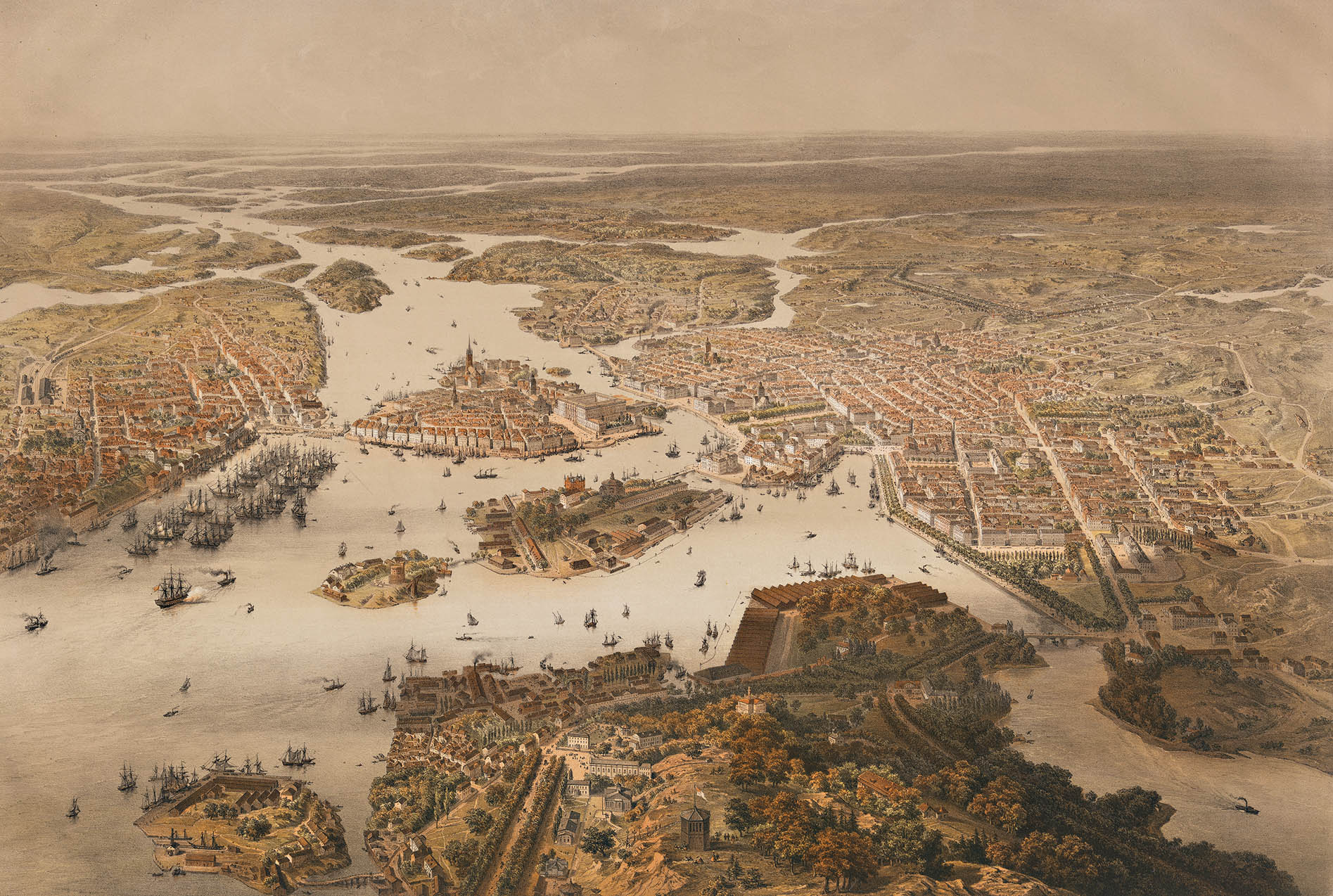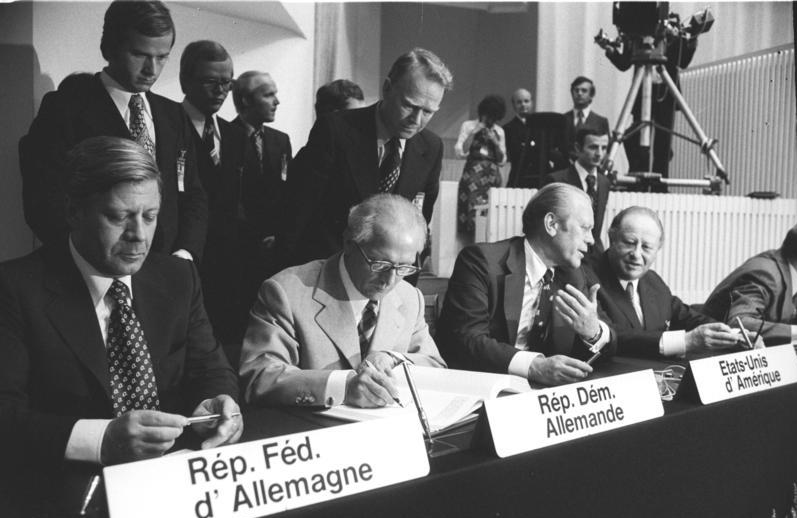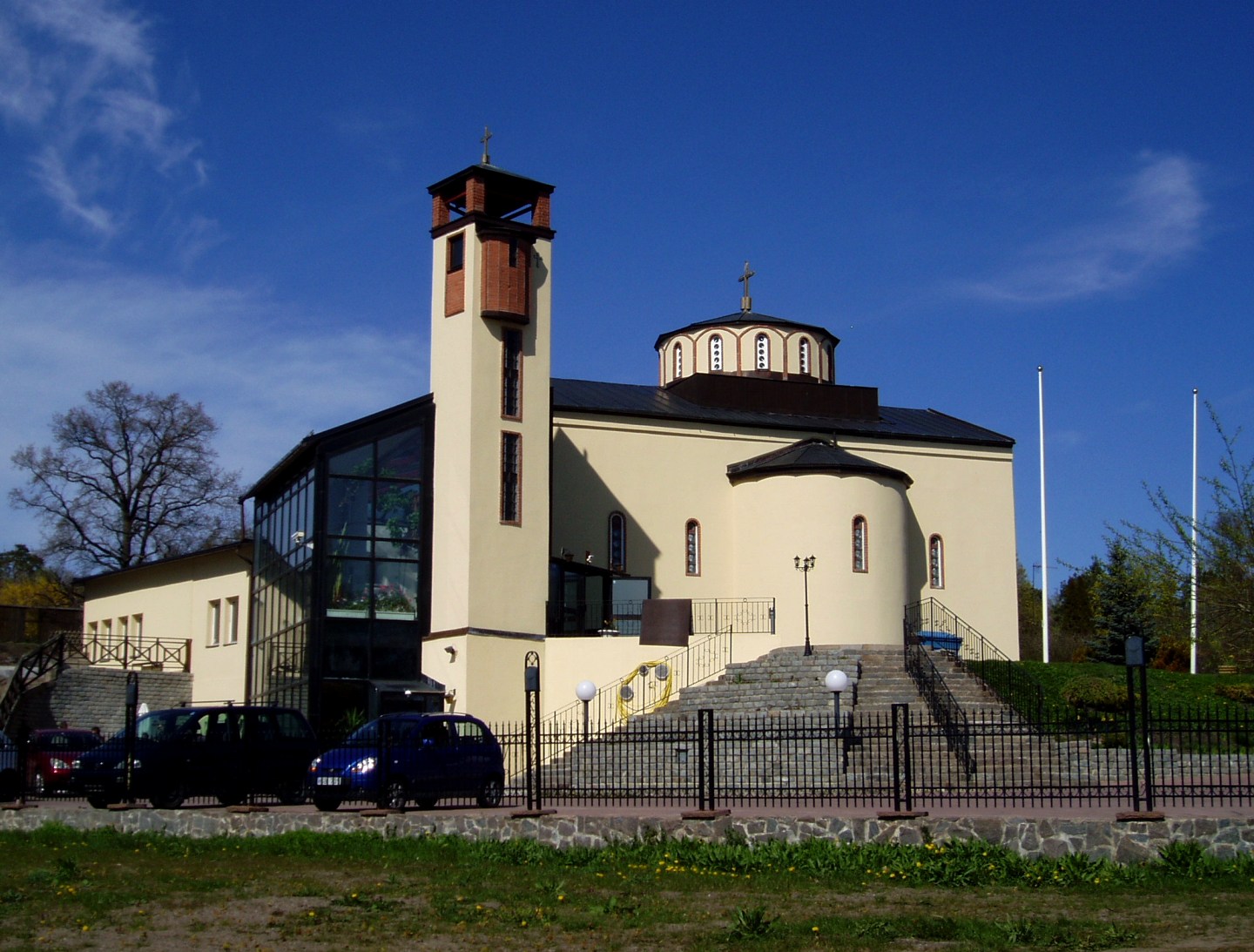|
Serbia–Sweden Relations
Serbia–Sweden relations are bilateral relations between Serbia and Sweden. Serbia has an embassy in Stockholm. Sweden has an embassy in Belgrade. Both countries are full members of the Council of Europe and the Organization for Security and Co-operation in Europe (OSCE). Also Serbia is a European Union candidate and Sweden is a European Union member. There are over 100,000 people of Serbian descent living in Sweden. See also * Foreign relations of Serbia * Foreign relations of Sweden * Swedish Serbs * Sweden–Yugoslavia relations References External links Embassy of Sweden in Belgrade Sweden Sweden, formally the Kingdom of Sweden,The United Nations Group of Experts on Geographical Names states that the country's formal name is the Kingdom of SwedenUNGEGN World Geographical Names, Sweden./ref> is a Nordic country located on ... Bilateral relations of Sweden {{Bilateralrelations-stub ... [...More Info...] [...Related Items...] OR: [Wikipedia] [Google] [Baidu] |
Serbia
Serbia (, ; Serbian: , , ), officially the Republic of Serbia (Serbian: , , ), is a landlocked country in Southeastern and Central Europe, situated at the crossroads of the Pannonian Basin and the Balkans. It shares land borders with Hungary to the north, Romania to the northeast, Bulgaria to the southeast, North Macedonia to the south, Croatia and Bosnia and Herzegovina to the west, and Montenegro to the southwest, and claims a border with Albania through the Political status of Kosovo, disputed territory of Kosovo. Serbia without Kosovo has about 6.7 million inhabitants, about 8.4 million if Kosvo is included. Its capital Belgrade is also the List of cities in Serbia, largest city. Continuously inhabited since the Paleolithic Age, the territory of modern-day Serbia faced Slavs#Migrations, Slavic migrations in the 6th century, establishing several regional Principality of Serbia (early medieval), states in the early Middle Ages at times recognised as tributaries to the B ... [...More Info...] [...Related Items...] OR: [Wikipedia] [Google] [Baidu] |
Sweden
Sweden, ; fi, Ruotsi; fit, Ruotti; se, Ruoŧŧa; smj, Svierik; sje, Sverji; sju, Sverje; sma, Sveerje or ; yi, שוועדן, Shvedn; rmu, Svedikko; rmf, Sveittiko. formally the Kingdom of Sweden, is a Nordic countries, Nordic country located on the Scandinavian Peninsula in Northern Europe. It borders Norway to the west and north, and Finland to the east. At , Sweden is the largest Nordic country and the List of European countries by area, fifth-largest country in Europe. The Capital city, capital and largest city is Stockholm. Sweden has a population of 10.5 million, and a low population density of ; around 87% of Swedes reside in urban areas in the central and southern half of the country. Sweden’s urban areas together cover 1.5% of its land area. Because the country is so long, ranging from 55th parallel north, 55°N to 69th parallel north, 69°N, the climate of Sweden is diverse. Sweden has been inhabited since Prehistoric Sweden, prehistoric times, . T ... [...More Info...] [...Related Items...] OR: [Wikipedia] [Google] [Baidu] |
Stockholm
Stockholm () is the Capital city, capital and List of urban areas in Sweden by population, most populous city of Sweden as well as the List of urban areas in the Nordic countries, largest urban area in the Nordic countries. Approximately 1 million people live in the Stockholm Municipality, municipality, with 1.6 million in the Stockholm urban area, urban area, and 2.4 million in the Metropolitan Stockholm, metropolitan area. The city stretches across fourteen islands where Mälaren, Lake Mälaren flows into the Baltic Sea. Outside the city to the east, and along the coast, is the island chain of the Stockholm archipelago. The area has been settled since the Stone Age, in the 6th millennium BC, and was founded as a city in 1252 by Swedish statesman Birger Jarl. The city serves as the county seat of Stockholm County. Stockholm is the cultural, media, political, and economic centre of Sweden. The Stockholm region alone accounts for over a third of the country's Gross d ... [...More Info...] [...Related Items...] OR: [Wikipedia] [Google] [Baidu] |
Belgrade
Belgrade ( , ;, ; Names of European cities in different languages: B, names in other languages) is the Capital city, capital and List of cities in Serbia, largest city in Serbia. It is located at the confluence of the Sava and Danube rivers and the crossroads of the Pannonian Basin, Pannonian Plain and the Balkan Peninsula. Nearly 1,166,763 million people live within the administrative limits of the City of Belgrade. It is the third largest of all List of cities and towns on Danube river, cities on the Danube river. Belgrade is one of the List of oldest continuously inhabited cities, oldest continuously inhabited cities in Europe and the world. One of the most important prehistoric cultures of Europe, the Vinča culture, evolved within the Belgrade area in the 6th millennium BC. In antiquity, Thracians, Thraco-Dacians inhabited the region and, after 279 BC, Celts settled the city, naming it ''Singidunum, Singidūn''. It was Roman Serbia, conquered by the Romans under the reign ... [...More Info...] [...Related Items...] OR: [Wikipedia] [Google] [Baidu] |
Council Of Europe
The Council of Europe (CoE; french: Conseil de l'Europe, ) is an international organisation founded in the wake of World War II to uphold human rights, democracy and the rule of law in Europe. Founded in 1949, it has 46 member states, with a population of approximately 675 million; it operates with an annual budget of approximately 500 million euros. The organisation is distinct from the European Union (EU), although it is sometimes confused with it, partly because the EU has adopted the original European flag, created for the Council of Europe in 1955, as well as the European anthem. No country has ever joined the EU without first belonging to the Council of Europe. The Council of Europe is an official United Nations Observer. Being an international organization, the Council of Europe cannot make laws, but it does have the ability to push for the enforcement of select international agreements reached by member states on various topics. The best-known body of the Counci ... [...More Info...] [...Related Items...] OR: [Wikipedia] [Google] [Baidu] |
Organization For Security And Co-operation In Europe
The Organization for Security and Co-operation in Europe (OSCE) is the world's largest regional security-oriented intergovernmental organization with observer status at the United Nations. Its mandate includes issues such as arms control, promotion of human rights, freedom of the press, and free and fair elections. It employs around 3,460 people, mostly in its field operations but also in its secretariat in Vienna, Austria, and its institutions. It has its origins in the mid-1975 Conference on Security and Co-operation in Europe (CSCE) held in Helsinki, Finland. The OSCE is concerned with early warning, conflict prevention, crisis management, and post-conflict rehabilitation. Most of its 57 participating countries are in Europe, but there are a few members present in Asia and North America. The participating states cover much of the land area of the Northern Hemisphere. It was created during the Cold War era as a forum for discussion between the Western Bloc and E ... [...More Info...] [...Related Items...] OR: [Wikipedia] [Google] [Baidu] |
Accession Of Serbia To The European Union
The accession of Serbia to the European Union (EU) has been on the current agenda for the future enlargement of the EU since 2012, when it became a candidate for accession. Serbia officially applied for European Union membership on 22 December 2009. Accession negotiations are currently ongoing. Serbia is expected to complete its negotiations by the end of 2024, allowing it to join the European Union by 2025. It is one of seven current EU candidate countries, together with Albania, Moldova, Montenegro, North Macedonia, Turkey and Ukraine. History Identification Negotiations with the Federal Republic of Yugoslavia (later the State Union of Serbia and Montenegro) intensified following the election defeat and ousting of Slobodan Milošević in 2000, and the EU officially declared the Balkan states potential candidates for membership following the EU-Western Balkans Summit in Thessaloniki on 21 June 2003. Stabilisation and Association Agreement On 7 November 2007, Serbia ini ... [...More Info...] [...Related Items...] OR: [Wikipedia] [Google] [Baidu] |
Foreign Relations Of Serbia
Foreign relations of Serbia are accomplished by efforts of the Ministry of Foreign Affairs. Serbia has inherited the Ministry of Foreign Affairs, along with all of its holdings, after the dissolution of the previous state union with Montenegro. Serbian foreign ministries continue to serve citizens of Montenegro in countries that do not have Montenegrin diplomatic presence. The governments of Serbia and Montenegro expressed an interest in pursuing a common foreign policy. Former President of Serbia Boris Tadić referred to relations with the European Union (EU), Russia, United States and China as the four pillars of foreign policy. Serbia joined the United Nations on 1 November 2000. History Medieval Serbia In the centuries prior to Ottoman rule in the country, medieval Serbian states established diplomatic relations with a number of states in Europe and the Mediterranean, particularly under the Nemanjić dynasty, during which time the Serbian Empire reached its greatest ext ... [...More Info...] [...Related Items...] OR: [Wikipedia] [Google] [Baidu] |
Foreign Relations Of Sweden
The foreign policy of Sweden is based on the premise that national security is best served by staying free of alliances in peacetime in order to remain a neutral country in the event of war. In 2002, Sweden revised its security doctrine. The security doctrine still states that "Sweden pursues a policy of non-participation in military alliances," but permits cooperation in response to threats against peace and security. The government also seeks to maintain Sweden's high standard of living. These two objectives require heavy expenditures for social welfare, defense spending at rates considered low by Western European standards (currently around 1.2% of GNP), and close attention to foreign trade opportunities and world economic cooperation. United Nations Sweden has been a member of the United Nations since November 19, 1946, and participates actively in the activities of the organization, including as an elected member of the Security Council (1957–1958, 1975–1976, 1997� ... [...More Info...] [...Related Items...] OR: [Wikipedia] [Google] [Baidu] |
Swedish Serbs
Serbs ( sv, Serber) began migrating to Sweden in large numbers in the 1960s, as part of the migrant work-agreement signed with the Yugoslav government to help Sweden overcome its severe labour shortage. The Yugoslav Wars saw another influx of Serbs. History Serbs constituted a low percentage of the Swedish population prior to the 1960s. Some came after World War II, mostly seeking political asylum. The greatest proportion of Serbs came together with Greeks, Italians , flag = , flag_caption = Flag of Italy, The national flag of Italy , population = , regions = Italy 55,551,000 , region1 = Brazil , pop1 = 25–33 million , ref1 = , ... and Turkish people, Turks under the visa agreements in times of severe labour shortages or when particular skills were deficient within Sweden, as migrant workers (called ''arbetskraftsinvandring'', see ''gastarbeiter''). During the 1960s and 1970s, agreements were sign ... [...More Info...] [...Related Items...] OR: [Wikipedia] [Google] [Baidu] |
Sweden–Yugoslavia Relations
Sweden–Yugoslavia relations were historical foreign relations between Sweden and now split-up Yugoslavia (both Kingdom of Yugoslavia or Socialist Federal Republic of Yugoslavia). During the Cold War both Sweden and Yugoslavia refused to formally join either NATO or the Warsaw Pact military alliance. Both countries nevertheless had developed relations with NATO. Sweden preferred formal military neutrality in order to strengthen the neutrality claim of Finland, while post-1948 Tito-Stalin split Yugoslavia indirectly associated itself with NATO via the Balkan Pact during the Informbiro period. With other neutral and non-aligned countries in Europe Yugoslavia and Sweden perceived development of relations among diverse European states as a way to ease Cold War tensions and promote Détente, especially via CSCE. Sweden played prominent role in international and European response to the Yugoslav crisis, Yugoslav Wars and the immediate subsequent period. Carl Bildt serve ... [...More Info...] [...Related Items...] OR: [Wikipedia] [Google] [Baidu] |

.jpg)



